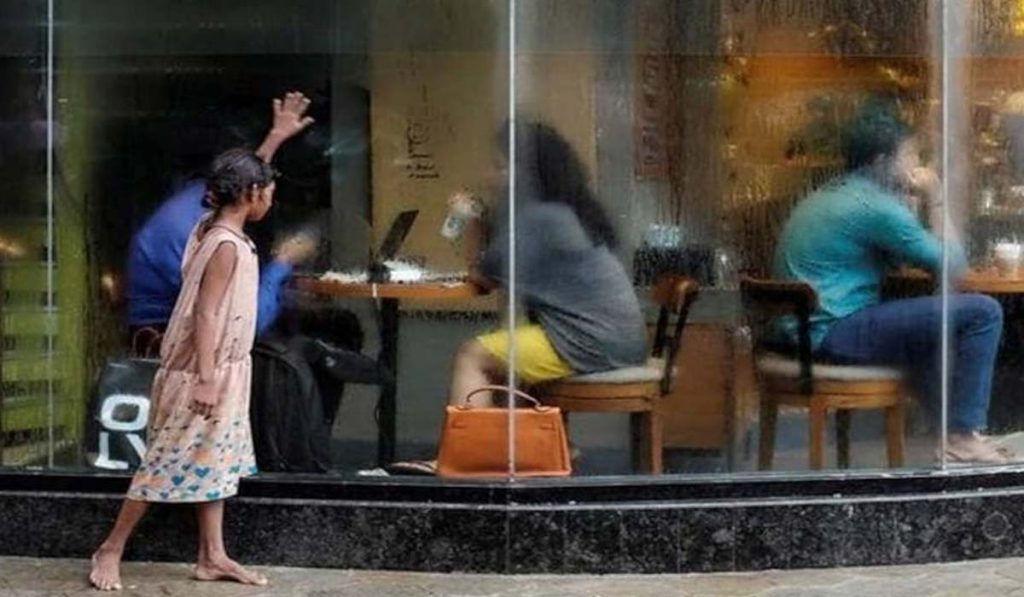
Analysing various dimensions of inequality in the labour market, the researchers have found that there are substantial gaps in earnings by gender, caste and area of residence in India.
Authors
Ishan Anand, Assistant Professor, Jindal Global Law School, O.P. Jindal Global University, Sonipat, Haryana, India.
Anjana Thampi, Assistant Professor, Jindal Global Law School, O.P. Jindal Global University, Sonipat, Haryana, India.
Summary
The Covid-19 pandemic and the lockdowns have exposed and exacerbated the crisis of extreme inequalities in India. Using multiple nationally representative sample surveys, we analyse various dimensions of inequality in the labour market and in the access to basic amenities. We briefly indicate our most striking findings. Substantial gaps in earnings by gender, caste and area of residence persist.
On average, female earnings were 63% of male earnings, earnings of the Scheduled Castes were 55% of the earnings of the relatively advantaged social groups, and rural earnings were only half of urban earnings in 2018–2019. About 905 million people did not have access to piped water, 287 million did not have access to toilets, 127 million lived in rented accommodations, and one-fourth of the population lived in single-room dwellings in 2017–2018.
The implications of the long-term neglect of the public healthcare system and the disparities in the access to education are discussed. The evidence highlights the need for a new paradigm of development—one that puts redistribution at the heart of its agenda.
Published in: The Indian Journal of Labour Economics
To read the full article, please click here.


